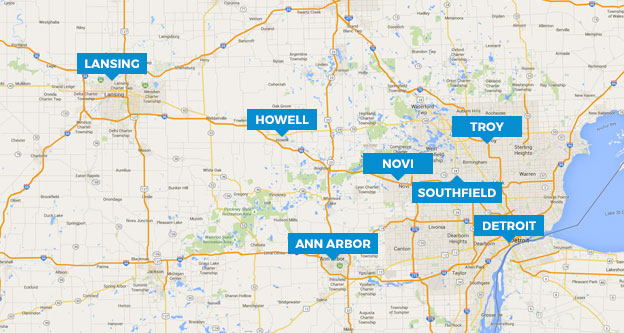You will be shocked with the deductions that will be eliminated. But may realize the tax reform does what it promises – reduces taxes and makes the tax return simpler.
Closing the tax loopholes
You may not be aware… you may be used to talking these so called “tax loopholes” every year. Are these really tax loopholes… surprising deductions eliminated by the proposed tax reform plan.
Deduction for state and local taxes paid – You will no longer be able to deduct state or local income taxes withheld from your wages or any other state taxes.
Limited mortgage interest – You can deduct mortgage interest on your main home. But that is it. Eliminated mortgage interest deduction on a second home or other residence such as a boat.
Personal property taxes – You will no longer be able to deduct your car registration fees.
Personal exemptions – For 2017, the personal exemption is $4,050 – subject to limitations – for every person listed on your tax return. For a family of four that is a $16,200 tax deduction. Personal exemptions will be eliminated.
Medical expenses – Medical expense deduction will be eliminated. For most people the threshold to deduct medical expenses were too high anyways.
Employee expenses – This will be a biggie for some. You will no longer be able to deduct out of pocket costs related to your job. This could hurt employees that drive a lot and do not get their travel reimbursed by their employer.
Moving expenses – Moving away for a new job? You will not be able to deduct the moving costs.
Student loan interest – This was a nice benefit for all the interest paid on student loans.
Tax preparation fees – Cannot claim a deduction for paying to get your taxes prepared.
Alimony payments – This is interesting one as alimony will still be considered income.
Tax Reform may saves taxes? How?
Can’t believe some of the deduction eliminated! And, it seems like the tax reform will raise taxes not save taxes – especially for the middle class. Right? Maybe not because of four significant changes.
1) Reducing the number of tax brackets from seven to four – 12%, 25%, 35% and 39.6%. This changes how your income is taxed. This change could end up saving a single person or married couple thousands of dollars.
2) Increasing the child tax credit from $1,000 to child to $1,600 per child. In addition, there is a $300 credit for other dependents. This means a couple with two children can get a $3,200 in child tax credits instead of $2,000.
3) Elimination of AMT. This is a big one for the upper middle class. As many of their personal deductions get reduced due to AMT.
These three big changes may end up saving you taxes. Even with the elimination of many personal deductions.
Simpler tax return
The final goal of the tax reform – make your taxes simpler. Because a significant number of deductions will be eliminated, you may not have to worry about gathering all those deductions. The thoughts of did I get all my deductions… do I have enough documentation… what happens if I am audited. The significant changes will save enough taxes so you do not need to claim a bunch of deductions, which makes your taxes simpler.
But then again… we still want to find those “tax loopholes” because we do not want to pay any taxes.
Will tax reform increase taxes to middle class?
Proposed tax reform will likely decrease taxes to the middle class… not increase. And the proposed tax reform will likely help the top 1%.
The tax reform effectively reduces taxes by changing the tax brackets, increasing child tax credits, and eliminating AMT. These changes will likely offset the elimination of many deductions. As a result, the tax return will be simpler to prepare. But this raises the question, “is making the tax return simpler worth it?” Many enjoy the game of reducing taxes with deductions. Many also rather deal with a simpler tax return. Which side do you fall under?
Tax Reform Calculations
In case you are curious, here are some calculations comparing 2017 taxes to tax reform. We compared different income levels, single persons, married couples with and without children.





